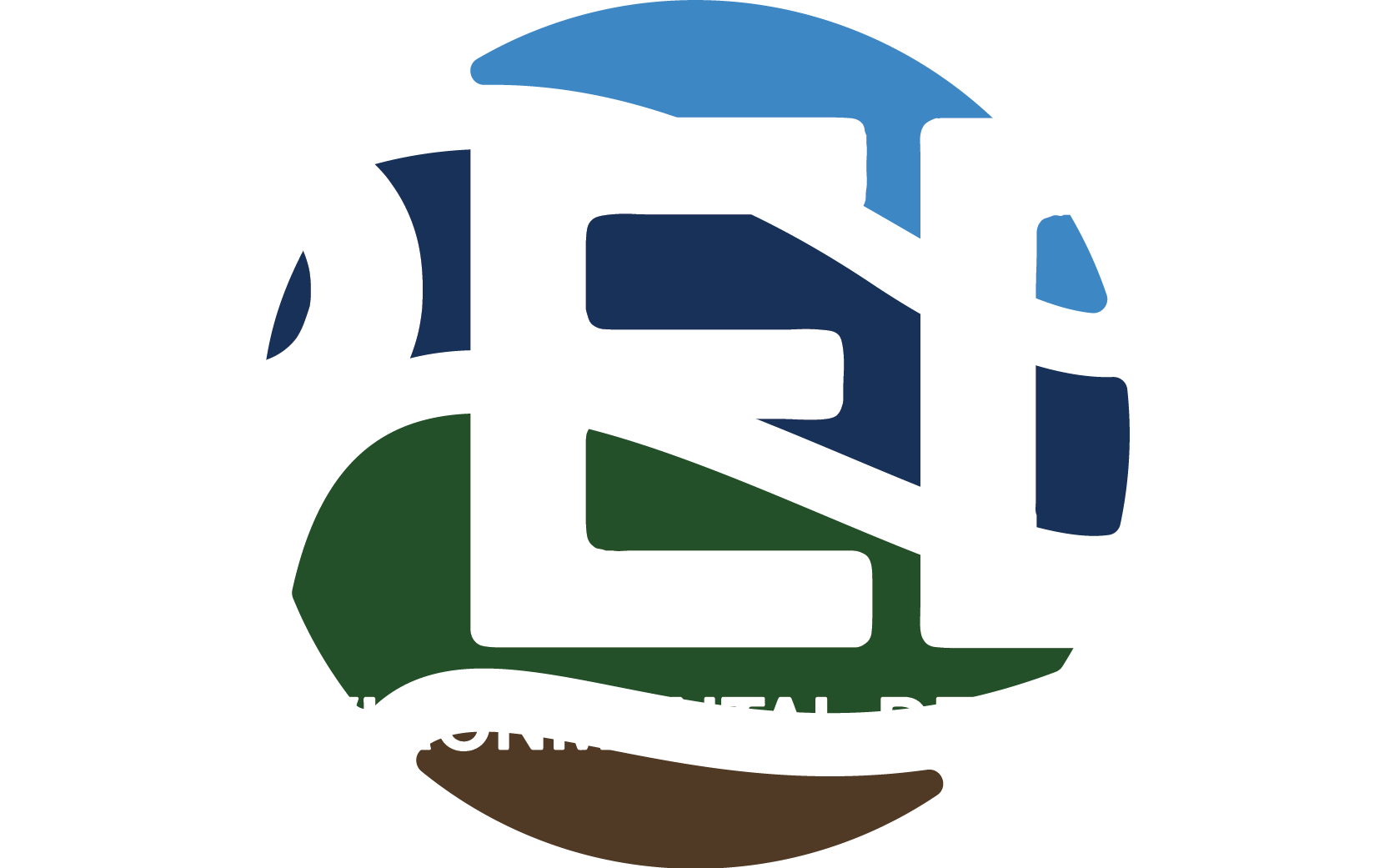Climate Change: Wildfire and Pala

Welcome to the Climate Change series brought to you by Pala Band of Mission Indians and the Pala Environmental Department.
What does WILDFIRE mean for Pala?
Pala completed a Climate Change Vulnerability Assessment in 2019, which identified elevated wildfires as one of four high-risk exposures resulting from climate change.
Key Facts about Wildfire at Pala
The incidence of large forest fires in the western United States and Alaska has increased since the early 1980s and is projected to further increase in those regions as the climate warms. According to the CA Fourth Climate Assessment, the annual average of area burned in San Diego County is expected to increase by up to 50% by 2070 – 2099. Wildfires are considered a high-risk exposure for the Pala tribe, particularly in the Sycamore neighborhood. Pala is currently located in a fire hazard severity zone.
Until recently, large, high-intensity fires occurred regularly. As human urbanization increased in the area, human-caused ignitions have increased dramatically. There were 38 fires from 1920 – 2012 that affected Pala. Recent fires have burned significant portions of Pala’s lands and have forced evacuations at the Pala Casino Spa and Resort.
Climate factors including Southern California’s uniquely intense Santa Ana winds, increasing temperature, and more severe drought conditions (resulting in drier autumns and more dead vegetation fuel) are increasing the wildfire risk at Pala. Wildfires are known to trigger secondary exposures such as worsened air quality (fine particulate matter), water insecurity, and vector changes (e.g. ticks).
Pala’s High-Risk Health Impacts
Did you know that wildfires can harm our physical, emotional, spiritual and cultural health and wellbeing? Below are health impacts considered high or medium risk for residents of Pala.
- Wildfire-related injury and death
- Illness due to inability to access critical health services (from damage to roads, power, telecommunications, hospitals)
- Carbon monoxide poisoning (e.g. from generators during a power outage)
- Mental health impacts including post-traumatic stress, depression, anxiety, and grief
- Short or long-term relocation
- Loss of sacred or historical sites
- Lost work, school, or business days
- A decrease in fitness activity level
- Disruptions of community functions
- Respiratory and cardiovascular illness and Valley Fever
- Worsened allergies
- Drinking water supply interruption
- Illness and death caused by Lyme, West Nile Virus, and Zika
Tips for Staying Safe During Wildfires
- Create and maintain 100 feet of defensible space around your home
- Create your own emergency supply kit
- Check on elders and other vulnerable neighbors
- Don’t forget your pets!
- Take advantage of medical and emotional care services
- Engage in healthy coping behaviors and seek comfort in community events following a weather-related disaster
- Set up a family Evacuation Plan
- Follow Pala Environmental Department on Facebook for climate updates and information
- Sign up for San Diego County’s Alert System
Learn More
- APHA Climate Change Decreases the Quality of the Air We Breathe Factsheet
- APHA Climate Changes Mental Health Factsheet
- NOAA The Impact of Wildfires on Climate and Air Quality
- CDC How Climate Affects Community Health Video – Air Pollution
- San Diego County Climate Change and Health Profile Report
What Is Pala Doing to Adapt and Prepare?
Pala completed an Adaptation Plan with a full list of strategies to help safeguard the health and wellbeing of the Pala community. Below are a few examples of ways we plan to address wildfire threats.
- Develop an emergency, disaster response and health management plan to anticipate and prepare public services and evacuation plans for exposure risks
- Provide early, real-time warnings and clear emergency notifications before and during exposure event
- Establish or update adaptive fire management plans, including periodic forest assessments and traditional forest management practices to prevent high-intensity wildfires (e.g. prescribed burning, the introduction of resilient vegetation), and formalization of a chain of command roles.
DOWNLOAD TIP SHEET
Feel free to download our tip sheet: Climate Change – Wildfire and Pala (.pdf).
Climate Change – Wildfire and Pala, Page 1
Climate Change – Wildfire and Pala, Page 2
PALA ENVIRONMENTAL DEPARTMENT CLIMATE CHANGE SERIES
Discover and follow our on-going Climate Change series:
Climate Change
PLANET PALA DIY, GREEN LIVING, AND WILDLIFE TIPS
Discover and follow our on-going Planet Pala series:
DIY | Green Living | Wildlife Tips
PLANET PALA ONLINE
You can find Planet Pala online:
Website | Instagram | Facebook
PALA ENVIRONMENTAL DEPARTMENT
For more information contact the Pala Environment Department:
760-891-3510 | ped@palatribe.com | ped.palatribe.com.



